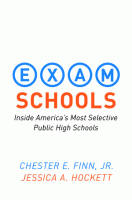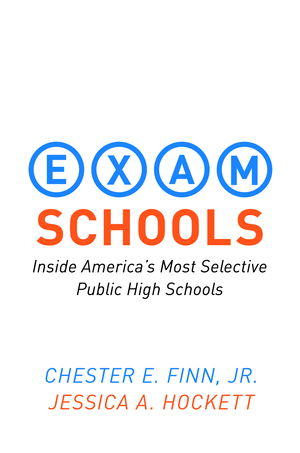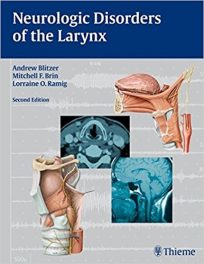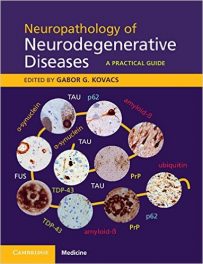 Authors: Chester E. Finn, Jr. and Jessica A. Hockett
Authors: Chester E. Finn, Jr. and Jessica A. Hockett
Publisher: Princeton University Press
Book Review by: Nano Khilnani
How can you give your child the best public high school education available in your state? By applying for him or her to get admission into one of the top 165 schools covered in this book, where some 100,000 students are enrolled. Note that they represent only seven-tenths of the top one percent of 22,368 total public high schools in the United States (2010 data).
Twenty states do not have a single such top school. If you live in a state that has none of the schools on this list – and there is a large block of 13 states in northwestern United States that do not have any such school – what do you do? Moving to another state would be an option.
You also may have to exercise this option if you live in seven other states that have zero such schools: Alaska, Connecticut, Hawaii, Mississippi, New Hampshire Vermont, and West Virginia
It is interesting to note that Los Angeles does not have a single “exam school” among nine such schools in California. On the other hand New York City has almost two dozen of top schools (one is in Buffalo). Read the reasons why, in this interesting book.
And why is it that New Jersey has 16 or almost 10 percent share of the national total, whereas its neighbors Connecticut and West Virginia have not a single such top high school? Find out also why Pennsylvania and Illinois have 14 and 12 top schools respectively, and California and Texas have nine each. The rest of the states in the Union have six or fewer of the top 165 high schools.
The distinguished authors of this unique and highly useful book are educators and long-time students of educational policy.
Chester E. Finn Jr. a former assistant U.S. secretary of education, He is president of the Thomas B. Fordham Institute and a senior fellow at Stanford University’s Hoover Institution.
Jessica A. Hockett is a consultant on curriculum design, differentiated education, instruction and lesson study. She has a PhD in educational psychology from the University of Virginia.
The authors ask the question: Can the United States strengthen its future intellectual leadership, economic vitality, and scientific, without sacrificing equal opportunity? But with only a minuscule portion – less than one percent – of its high school student population studying at these top high schools, how is that possible for the broad masses, we ask.
But it is possible for would-be high-achievers. If you are interested in giving your child or children a superior education, this book is a must-read.
This book takes a close look at how these top 165 schools in the country work. The authors surveyed school officials and teachers on issues ranging from admission standards to curriculum, to diversity to educational effectiveness, to institutional autonomy to instructional styles to selection of the best teachers. Eleven of the top schools went through in-depth analysis and the findings are revealed in this book.
A number of the top 165 schools are what can be described as “specialist schools” such as for example, Alabama School of Math and Science, Brimm Medical Arts High School (in Camden, New Jersey) Bronx High School of Science 9in New York City), California Technology High School, and Phelps Architecture, Construction and Engineering High School (in the District of Columbia).
The number of students in a school is no indicator of success. These 165 top schools ha enrollments of as few as 68 in the University Preparatory High School in Visalia, California or 81 in the Academy for Math, Science & Engineering in Rockaway, New Jersey to as many as 4,192 students in Lane Technical High School in Chicago or even as many as 4,947 students in the Brooklyn Technical High School in New York City.
In their conclusion, the authors point out while the United States’ national educational policy has in a “necessary” and “noble” way pushed for a minimum standard of academic proficiency, they also lament that “we downplay excellence at great cost, not only to our economic competitiveness but also perhaps to reform the education system itself.”






